Suspension 101: Choosing the Setup That's Right for You
Posted by Gillian Fournier on 5th Jun 2017

As we are slowly creeping further and further into the year and off-road season (can you believe it's friggin' June already?!), we've been getting more and more customers inquiring about lift kits and suspension systems. Your Jeep Wrangler JK's suspension is only part of the upgrade equation; you need to also take into consideration your tire size, gear ratio and drivetrain, and more.

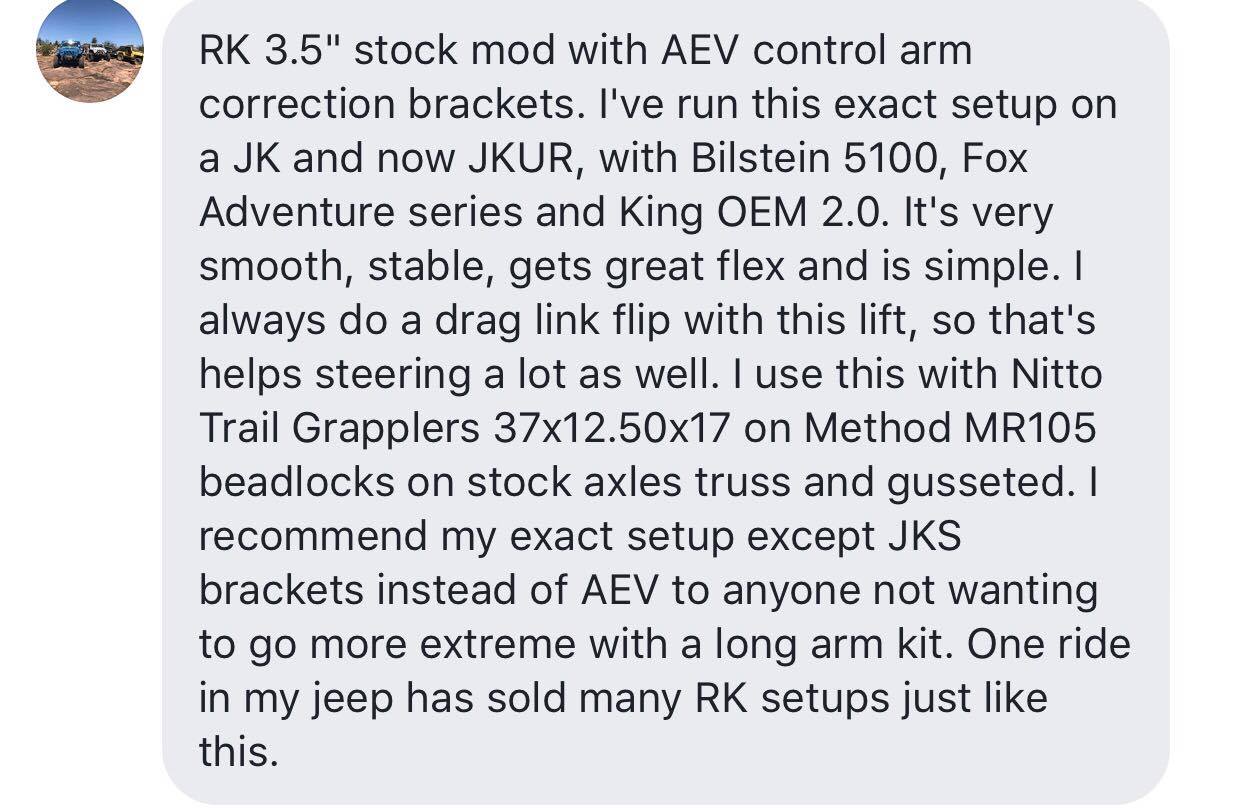
What to consider before purchasing a lift:
There are a few questions you should be asking yourself before you begin your descent down the black hole of what is known as the Jeep addiction.
- Do you do a lot of highway driving? Is your Jeep primarily used for off-roading only? Or will it be a combination of the two?
- Are you upgrading your suspension strictly for looks, function or both?
- What is your budget? Are you looking for a "right now" build or trying to ease into suspensions?
- Are you willing to upgrade additional parts that may be necessary in order for your suspension to perform to its fullest capabilities and handling?
- Are you mechanically inclined? If not, do you know of a reputable shop to take your vehicle to in order to have the system installed properly?
It's always a good thing to do your research before purchasing a lift kit. Ask fellow wheelers and friends what setups they run and whether or not they would recommend them to other people. Depending on the lift you choose, it can drastically improve your Jeeps off-road capabilities. With than being said, the wrong lift or incorrect parts can also dramatically affect the way your Jeep handles and performs. It's always a good rule of thumb to follow the motto"good parts ain't cheap and cheap parts ain't good".

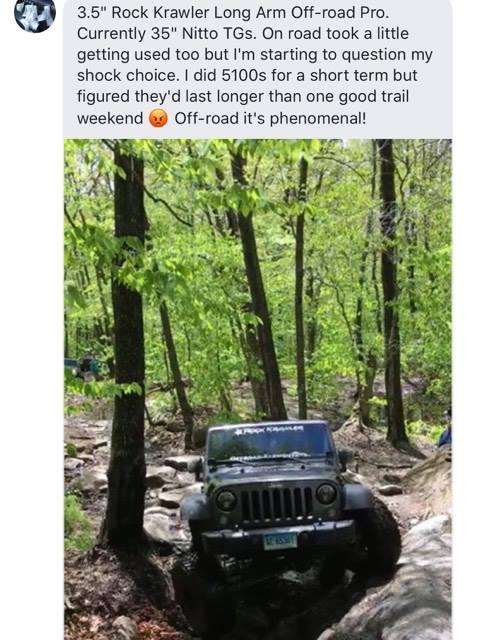
Types of Lifts:
Body Lift: A body lift works by providing taller spacers and bolts which are installed between your JKs body and the frame. Some require extensions and new bracketry and others are not compatible wth certain rock sliders or side steps. In most cases, a body lift is mainly cosmetic and will not add additional ground clearance or increase wheel travel. This kit will only allow for larger tires.
Leveling Kit: A leveling kit works by evening, or "leveling", out the factory front rake. These kits add approximately 2" to the front and 1" to the rear. Leveling kits retail around $100-$200 depending on the manufacturer and don't require much modification for proper install. They will allow for larger tires and a small amount of additional ground clearance.

*TeraFlex 1.75" Leveling Kit on BF Goodrich Mud Terrain KM2's
Economy/Budget Boost: An economy/budget boost lift is a basic suspension kit that is achieved by the installation of polyurethane coil spacers on top of your stock coil springs. Some kits include shock extensions, longer sway bar links, brake line extension brackets and/or trackbar brackets. These kits will allow for larger tires and provide additional ground clearance, more than a leveling kit.

*TeraFlex 2.5" Budget Boost Lift Kit with 35" Nitto Mud Grapplers
Coil Spring Lift: Coil spring lifts generally include longer, stiffer springs that directly replace your factory or current springs. These kits provide increased articulation and improve contact with driving surfaces. Depending on the manufacturer, some kits may include extended brake lines, bump stops, longer shocks, trackbar, trackbar brackets and sway bar links. It is recommended to replace your control arms and trackbars to reduce the chance of getting vibrations due to improper pinion angles.

*TeraFlex 2.5" Coil Spring Lift with 35" BF Goodrich Mud Terrain KM2's
Short/Mid Arm Lift: A good quality short/mid arm lift will typically include everything that a coil lift comes with along with the addition of front and rear adjustable control arms. These kits will allow for even more articulation over the coil lifts without cutting, welding or major modifications. Most short arm lifts include everything you need to properly recenter the axles and correct pinion angle. Most aftermarket control arms and track bars are adjustable and will work on a variety of lifts. A short/mid arm lift is considered a complete suspension system and generally include everything except for driveshafts. They utilize the factory control arm mounts on the frame and axle sides.

* Rock Krawler 3.5" X Factor Mid Arm Lift on 37" Falken Wildpeak MTs
Long Arm Lift: A good quality long arm lift is the most expensive route out of all the others and definitely isn't for everyone. These kits typically require more labor and some degree of cutting, welding, modification and fabrication. Extreme axle articulation is achieved with this type of lift and new driveshafts are an absolute must. Cutting of factory bracketry is required and installation of new, heavier duty control arm brackets is necessary.

* TeraFlex Long Arm Suspension with Evo Mfg Double Throwdown on 37" Toyo MTs
Now that we've broken down the types of lifts that are available, it's time to narrow down which type is the perfect one for you. I've noticed on plenty of Facebook groups, Jeepers tend to "follow the pack" or try to "one-up" each other when it comes to builds. This isn't necessarily what you should be doing. As much as you like the look of that big, beefy JK on one tons and 40's, if the lift isn't going to benefit your driving habits or characteristics, there really isn't a point to do all that. To be completely honest, if you have the funds for it, and that's what you like, more power to ya! But if you're looking for a lift that will suit not only your budget but your wheeling and driving habits as well, it's best to settle on the lift that will work for YOU, not others. Whether you plan on building your Jeep up for offroading or want to maintain the looks and functionality of the Jeep, check out the lift specs that will compliment your Jeep and personal preferences below.
Leveling Kits: Leveling kits are ideal for those looking for additional clearance under the transfer case, belly and fender flares. These kits normally allow for up to a 33" tire with no modifications necessary. Factory ride is maintained and the install is quick and painless. Complications with the install and future mechanical issues are pretty rare. This type of lift is ideal for daily drivers who do a lot of on road driving with little to no offroading.
Economy/Budget Boost: Budget boost lifts are designed to provide your Wrangler with a practical lift (both height-wise and cost-wise) without breaking the bank. Because this is just a spring spacer lift, you can reuse your factory or current springs, also cutting down on cost. These lifts allow you to run up to a 35" tire and are ideal for those who use their Jeep as a DD but enjoy dabbling in light to moderate offroading without paying an arm and a leg.

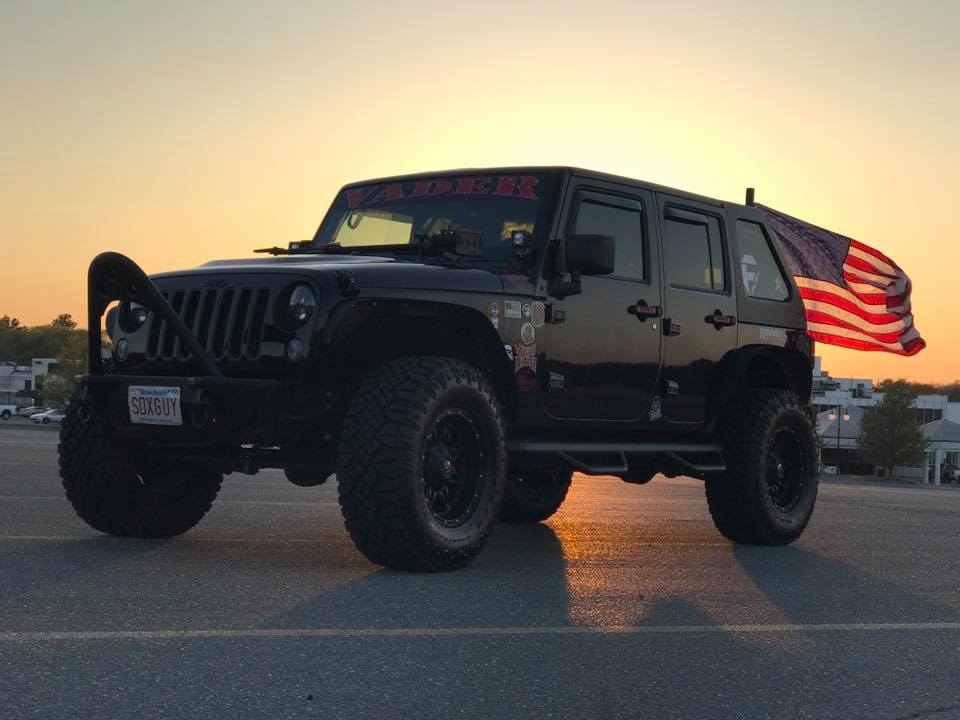
2.5"-3.5" Coil Spring Lifts: The 2.5"-3.5" lifts are the most common selection among offroaders and daily drivers. The ideal tire side for these size lifts range anywhere from 33"-37" depending on how high you go and what fender flare style you choose. They offer great tire clearance as well as phenomenal on/off-road performance. This height allows you to run larger tires while still maintaining a smooth ride. New springs also help with heavier additions such as bumpers, tire carriers, winches, etc. This causes overall weight to be less problematic.

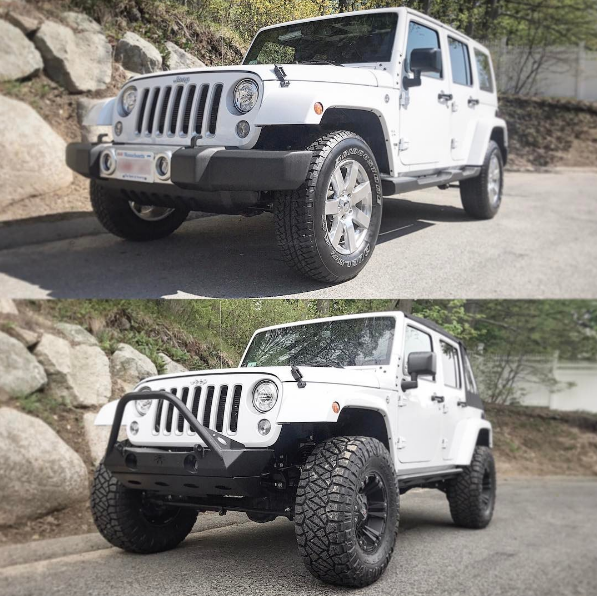
* Rock Krawler 2.5" Flex Coil Lift Kit *Rock Krawler 2.5" Flex Coil Lift Kit
3.5"+ Lifts: Larger lifts, which include short/mid arm and long arm, normally result in a more rugged and aggressive look while providing remarkable off-road performance, all while maintaining a comfortable on and off-road ride. This is the height range that you really don't want to cheap out on. They typically come with all new parts (control arms, longer shocks, trackbars, extended brake lines, etc) and need additional parts (driveshafts). Most drivers tend to run 35"-37"+ tires with these setups. Complications can be expected with installation of some lifts, especially when it comes to redesigning or reconfiguring the front end geometry. Jeep owners who generally run these heights partake in moderate to advanced wheeling as well as using their Jeeps for their DD.

*EVO Manufacturing 4" Double D Pro on 37" Cooper STT Pro's
Do you already have a desired tire size in mind, but aren't sure what lift height you should go with? Look no further!
Stock Height-33": These tire sizes can be used in conjunction with leveling kits and budget boost kits. This height does not provide a noticeable effect on your steering geometry.

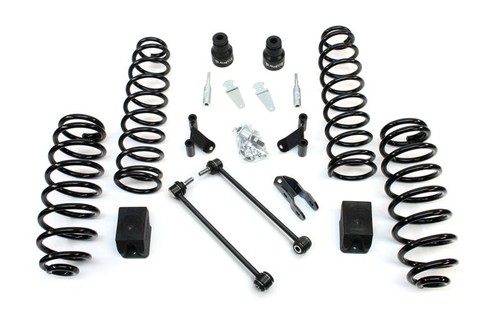
33"-35": Once you decide that this is your desired height, it opens up a few more lift height options. While some may choose to go with a leveling kit or budget boost, these sizes will also work with 2.5"-3.5" coil spring kits. Keep in mind this lift height is when you need to start looking into correcting your geometry by using front and rear trackbars, which will help to realign your front axles. Selecting a smaller sized tire within this lift height will make for a larger appearing lift and selecting a larger sized tire will make for a more evened-out look.

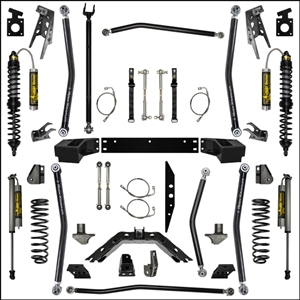
35"-37"+: These tire sizes requires a more advanced setup. They will replace the majority of the factory suspension and will require front and rear driveshafts. Front and rear trackbars will also be needed to recenter your axles. Factory fender flares are usually taken off and replaced with flat or tubular flares.

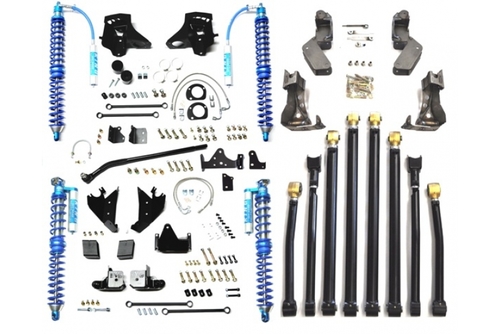
Whether you're building your Jeep for looks or for functionality, researching lift kits and tire sizes is a crucial part of the process. Nothing in the world is free (hell, airing up at the gas station costs money) and it's always wise to plan your purchase around your budget, schedule, capabilities and personal goals. I hope this information was helpful and if you have any questions, feel free to drop us a line or send us an email sales@offroadelements.com for more info. To browse our selection of lift kits for your Jeep Wrangler JK, click here.
